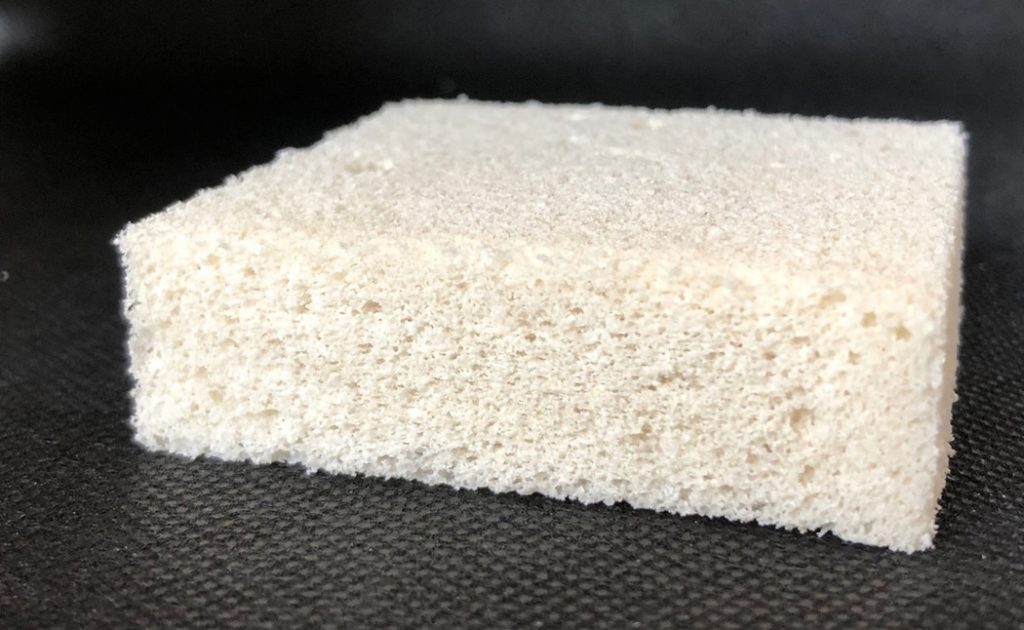
Last month, we took a detailed look at one of our most notorious waste items—plastic. Only a measly 9 percent of plastics is recycled. So where does the remaining 91 percent end up? To find out, let’s go dumpster diving.
The Landfill: A Perpetual Plastic Party
In a desperate attempt to accommodate our consumption habits, our world has tried to bury the impact of our actions. Now we are opening our eyes to what cannot be ignored: a changing climate, environmental degradation, and the increasing accumulation of waste material. By understanding the scale and impact of our landfills, we can better work towards a more sustainable economic system.
What’s in Our Dumpsters?
You might be surprised to learn that nearly half of all plastics that are going to landfills come from packaging waste. The other half mainly comes from textiles, industrial machinery, electronics, construction, and transportation. This shows us that with new packaging alternatives and innovation, we could reduce our plastic waste by nearly half.
One packaging alternative has emerged through Cruz Foam, a company that designs biodegradable packaging using crustacean shell-based polymers. Cruz Foam reports that 30 percent of U.S. landfills consists of plastics, and these are mostly polystyrene and polyurethane products that can take 500 to 1000 years to biodegrade. Cruz Foam is an elegant substitute.
Mountains of Waste
Landfill usage is increasing exponentially. Since plastic production began 70 years ago, we have produced 8.3 billion metric tons of plastic, with 50 percent occurring after 2004. We now dispose of nearly 300 million metric tons of plastic every year into 3,000 active U.S. landfills. For perspective, 8.3 billion metric tons is volumetrically equivalent to nearly four Mount Everests (according to The Washington Post), and current disposal rates are producing two new Mount Everests’ worth of plastic waste every 15 years. It’s important to recognize that these rates of growth are neither sustainable nor healthy.
The Impact & Solutions
Aside from the sheer space needed to store all of this garbage, landfills have other environmental consequences. For example, the organic material that accumulates in landfills can generate greenhouse gases that contribute to global warming. One of these gases, methane, is estimated to be 23 to 28 times more effective than carbon dioxide at trapping heat in the atmosphere. Waste Management, the largest landfill operator in the U.S., has engineered creative methods of capturing this methane and converting the gas into fuel for their trucks. According to Waste Management, over half of the landfill gas generated at their facilities is being captured and used for energy, making them the largest landfill-gas-to-energy producer in North America. The company has also launched an initiative to convert old landfill sites into solar fields.
Ant Colonies and the Future of Waste
As we explored in previous articles, landfills are not a naturally occurring phenomenon. In nature, every organism is broken down into materials for reuse. For example, ants don’t create landfills. Even though they consume 10 times more food in body weight than we do, all of it is recycled. We have a lot to learn from these bugs.
The process of looking to nature for technological solutions is referred to as biomimicry. By investigating nature’s several billion years of evolutionary experience to design our own human systems, we can find sustainable solutions for the long run (more on biomimicry next month). Cruz Foam and Waste Management are already harnessing biomimicry in their business models. As other companies continue to explore alternative waste disposal and management methods, we have a shot at redirecting our current linear “take, make, waste” model into a circular, biomimetic model that imitates natural systems.
To realize this vision, we must create economic and social incentives for businesses producing single-use plastics as well as for the consumers who use them. Applying Environmental Social Governance (ESG) metrics to companies can be helpful in informing investors about how well the companies are addressing these challenges. In addition, national and local government policies that restrict usage of non-biodegradable single-use plastics— along with fundamental adjustments to our consumer habits—will go a long way toward securing a clean and healthy environment for generations to come.
If you would like to partner with TerraCycle Fairfield, email TerraCycleFairfield@gmail. com.
